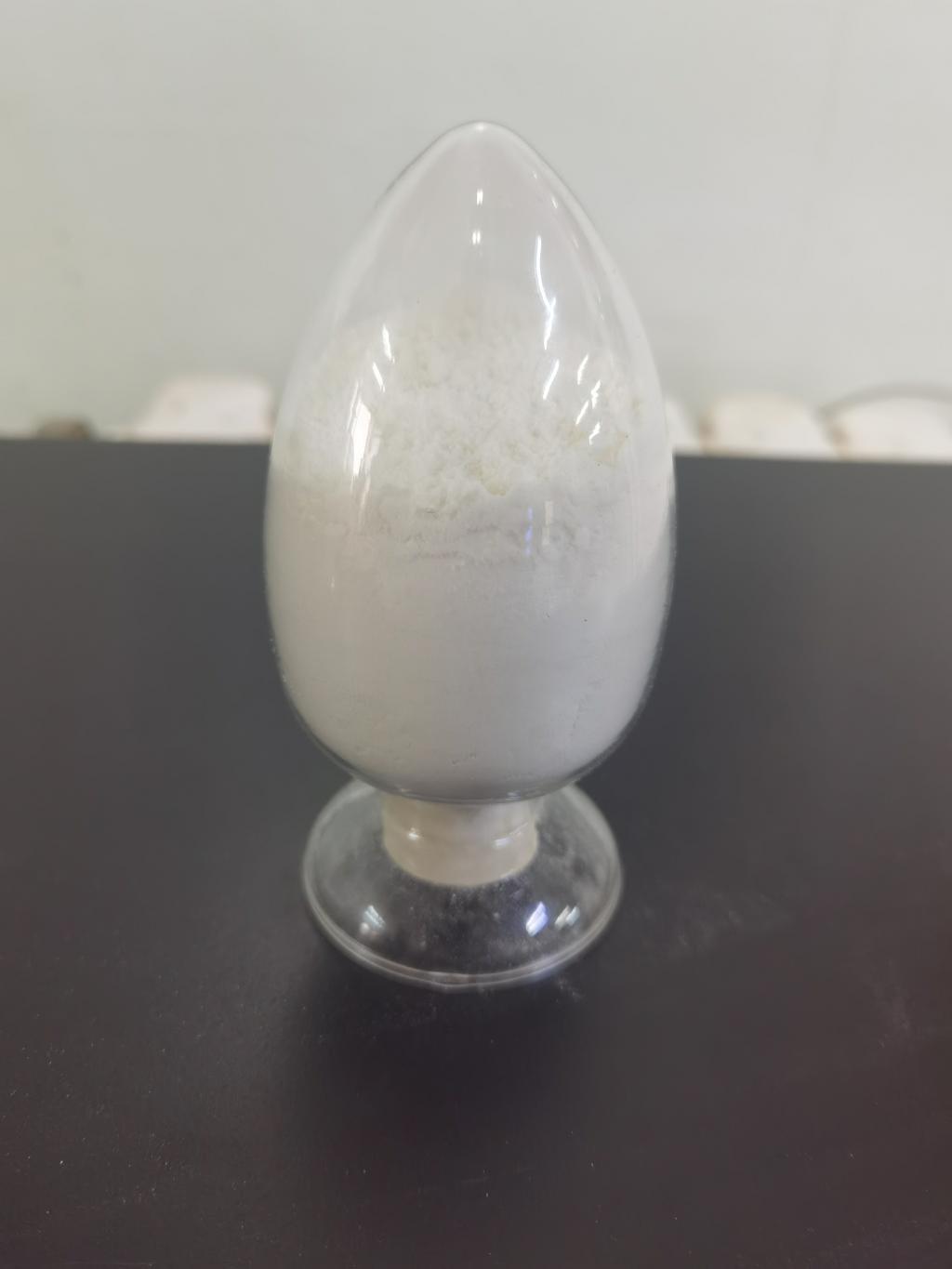Tel:0086 18231198596

News
Current Position:
Home >
News
>The Impact of ε-Polylysine Hydrochloride on the Shelf Life of Perishable Goods
The Impact of ε-Polylysine Hydrochloride on the Shelf Life of Perishable Goods
TIME:2024-01-15
Understanding the Challenge of Perishable Goods:
Perishable goods, including fresh produce, dairy products, and certain types of meat and seafood, are susceptible to spoilage and degradation over time. Microbial growth, enzymatic reactions, and oxidation are among the factors that contribute to the deterioration of perishable goods, ultimately limiting their shelf life. Efficient preservation methods are essential to mitigate these factors and extend the time during which these goods remain safe and suitable for consumption.
Introduction to ε-Polylysine Hydrochloride:
ε-Polylysine hydrochloride is a naturally occurring antimicrobial peptide derived from the fermentation of Streptomyces albulus. Known for its broad-spectrum antimicrobial activity, ε-polylysine hydrochloride has gained attention as an effective preservative in the food industry. Its positive impact on controlling bacterial growth makes it a valuable tool for extending the shelf life of perishable goods.
Mechanism of Action:
The antimicrobial properties of ε-polylysine hydrochloride stem from its ability to disrupt bacterial cell membranes. This mechanism of action results in the inhibition of microbial growth, preventing spoilage and deterioration of perishable goods. Unlike traditional preservatives, ε-polylysine hydrochloride operates through a natural process, aligning with consumer preferences for clean label and minimally processed products.
Applications in Fresh Produce:
Fresh produce, including fruits and vegetables, is highly perishable due to the presence of enzymes and susceptibility to microbial contamination. The application of ε-polylysine hydrochloride as a preservative in fresh produce has shown promising results. By inhibiting the growth of spoilage microorganisms, ε-polylysine hydrochloride helps maintain the freshness and quality of fruits and vegetables, thereby extending their shelf life.
Benefits in Dairy Products:
Dairy products are prone to spoilage caused by bacteria and fungi. ε-Polylysine hydrochloride has found applications in dairy preservation, particularly in extending the shelf life of cheeses and yogurts. Its efficacy against a broad range of microorganisms ensures the safety and quality of dairy products, allowing for longer storage periods without compromising taste or texture.
Meat and Seafood Preservation:
Meat and seafood are highly perishable goods that require effective preservation methods to prevent spoilage and maintain quality. ε-Polylysine hydrochloride has demonstrated its utility in meat and seafood preservation by inhibiting the growth of pathogenic bacteria. This application not only extends the shelf life of these products but also enhances food safety, addressing critical concerns in the meat and seafood industry.
Contribution to Clean Label Products:
Consumers are increasingly seeking clean label products, characterized by transparent ingredient lists and minimal processing. ε-Polylysine hydrochloride aligns with the principles of clean label products as it is derived from natural fermentation processes. Its inclusion in perishable goods helps food manufacturers meet consumer expectations for fresh and minimally processed items, contributing to the overall appeal of clean label products.
Effect on Texture and Sensory Attributes:
One of the challenges in food preservation is maintaining the desired texture and sensory attributes of perishable goods. The application of ε-polylysine hydrochloride has shown minimal impact on the sensory qualities of food products. Unlike some traditional preservatives, ε-polylysine hydrochloride allows for the retention of the natural taste, texture, and appearance of perishable goods, enhancing the overall consumer experience.
Sustainable Preservation:
Sustainability is a growing concern in the food industry, and the choice of preservatives significantly impacts the overall sustainability of food production. ε-Polylysine hydrochloride, as a naturally occurring peptide, offers a sustainable solution to the preservation of perishable goods. Its biodegradability and minimal environmental impact contribute to the industry's efforts to adopt more sustainable and responsible practices.
Challenges and Considerations:
While ε-polylysine hydrochloride presents significant advantages, there are challenges and considerations to be addressed in its application. Dosage optimization, compatibility with different food matrices, and cost-effectiveness are important factors that require careful consideration. Additionally, understanding the potential interactions with other ingredients and the impact on specific perishable goods is crucial for maximizing the efficacy of ε-polylysine hydrochloride.
Regulatory Landscape:
The regulatory approval and acceptance of ε-polylysine hydrochloride vary across regions. Navigating the regulatory landscape is a critical aspect of integrating this preservative into perishable goods. Collaboration between researchers, food manufacturers, and regulatory authorities is essential to establish clear guidelines and promote the responsible use of ε-polylysine hydrochloride in different countries.
Future Prospects and Research Directions:
The future prospects of ε-polylysine hydrochloride in extending the shelf life of perishable goods are promising. Ongoing research is focused on optimizing its applications, exploring synergistic combinations with other preservation methods, and addressing any potential challenges related to its use. As the food industry continues to evolve, ε-polylysine hydrochloride is expected to play a vital role in enhancing the preservation of perishable goods in a sustainable and effective manner.
Conclusion:
The impact of ε-polylysine hydrochloride on the shelf life of perishable goods represents a significant advancement in the field of food preservation. From fresh produce to dairy products, meat, and seafood, its broad-spectrum antimicrobial activity contributes to maintaining the quality, safety, and freshness of perishable goods. As the industry continues to prioritize sustainability and clean label practices, ε-polylysine hydrochloride stands out as a natural and effective solution for extending the shelf life of perishable goods, meeting the demands of both producers and consumers.

 CONTACT
CONTACT




